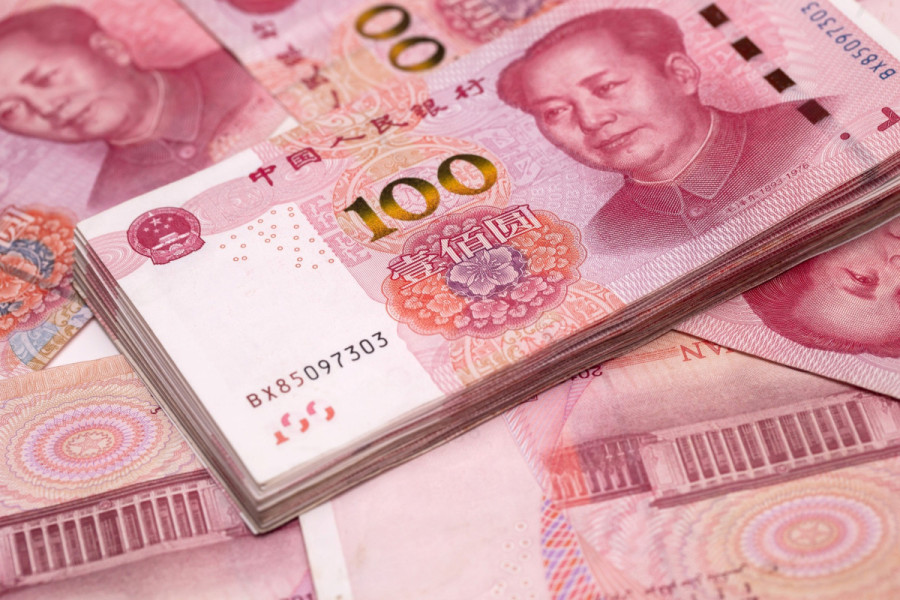Capital is leaving China at the fastest pace in more than seven years, adding pressure on the yuan. The mass exits have intensified in the past few weeks, as the faltering real estate industry cast a shadow over the world's second-largest economy even after growth in the third quarter exceeded economists' expectations.
The outflow of dollar flows accelerated
China's currency regulator State Administration of Foreign Exchange said on Friday that local banks sold a net $19.4 billion in foreign currency to their customers last month, the largest amount since November 2018, the height of the US-China trade war. Banks also sent a net $53.9 billion abroad on behalf of their clients, the largest monthly outflow since January 2016, shortly after policymakers devalued the currency in August 2015.
Goldman Sachs said it sees a similar trend in its preferred measure, which counts transactions in the onshore spot market, the futures market and an official data set that measures net yuan payments from home to abroad. He added in a report that net outflows rose to about $75 billion in September, which is the largest level since late 2016 and an increase of approximately 80% from August.
China sells US securities at the highest pace in 4 years
Outflows are putting downward pressure on the yuan, which has weakened this month in both external and internal transactions. The currency is less than 1% away from this year's lows reached in early September.
This shift partly reflects the divergence between interest rates abroad and at home, as the People's Bank of China has been keeping them low in an attempt to revive the economy. This widened the gap between US and Chinese returns to the largest extent in more than two decades. “The unfavorable interest rate spread between the U.S. and China likely indicates continued currency depreciation and outflow pressures in the coming months,” Goldman analysts led by Maggie Wei and Hui Shan wrote in the note.
Double outflows
China saw outflows from both its current and capital account balances in September, official data showed. Contributing factors include service deficits linked to foreign travel, declining direct investment and prolonged securities-related outflows.
Offshore funds reduced their holdings of Chinese sovereign bonds by 13.5 billion yuan ($1.85 billion) in September, according to data released by China Central Depository & Clearing on Friday. Its total debt holding fell to 2.07 trillion yuan, the lowest level since March 2021.
Global funds reduce their holdings of Chinese stocks to their lowest levels since 2020
The decline in the stock market in China also has a negative impact. Global funds sold $1.6 billion worth of local stocks on Thursday through trade links with Hong Kong, the largest volume in more than two months, as the benchmark CSI 300 index fell to a new low for the year.
With the Shanghai Composite Index falling below 3,000 points on Friday, Morgan Stanley said the mass exit from domestic stocks has entered an unprecedented phase and global funds may continue to sell unless there is further monetary policy easing.
Cumulative outflows between August 7 and October 19 reached $22.1 billion, the largest in the history of the Stock Connect program, strategists including Laura Wang wrote in a note to clients. Stock Connect refers to trade links between Hong Kong and mainland China, which authorities expanded in late 2016 to include the Shanghai and Shenzhen stock exchanges.




































